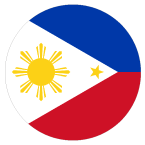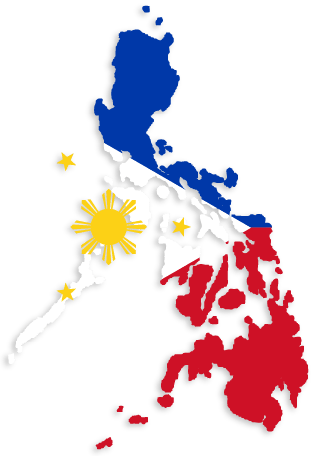Tagalog - Filipino

Language History
Tagalog – Filipino belongs to the Malayo-Polynesian branch of the Austronesian language family. Filipino is officially a standardised form of Tagalog, which originated in the Philippine islands centuries ago. In 1879, Tagalog became the official language of the Philippine islands but it wasn’t until the 1980s when Filipino was declared the country’s (Philippines) national language instead. Filipino was being used in daily conversations and was slowly gaining influence from other languages such as English and Spanish, alongside Tagalog.
According to DynamicLanguage, over 70 million people speak Tagalog worldwide. It is the first language of most Filipinos and the second language of others.
Where is Tagalog - Filipino Spoken?

Fact
Did you Know?
“Tagalog is the third most spoken non-English language in the United States.”
4 Easy Phrases in Tagalog!
Population vs. Internet Penetration
Philippines Population:
109,581,078
Internet Users:
79,000,000
Penetration:
72.1%
As of 2020. Source:
www.internetworldstats.com
Fact!
Tagalog – Filipino Translation Tips
• Nouns are not marked for case or number. There are some nouns, however, that are borrowed from Spanish which are marked for gender. For example, amigo ‘friend’ (masculine) – amiga ‘friend’ (feminine).
• Personal pronouns are only assigned to people – for instance, there is no ‘it’ in Filipino.
• Verbs take on a variety of affixes to signify focus, tense, aspect, and mood.
• Tagalog is a verb-initial language.
voice overs and more!





